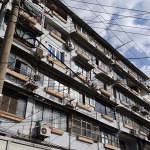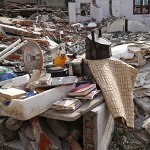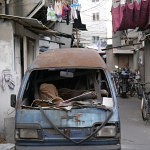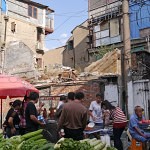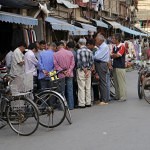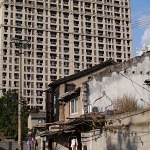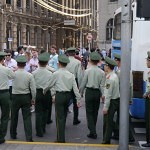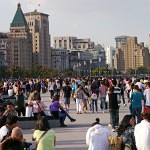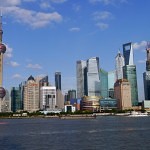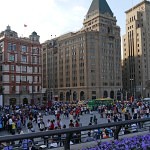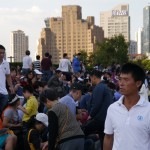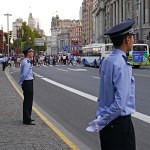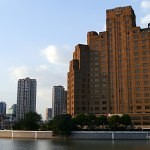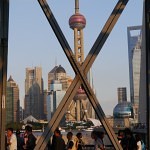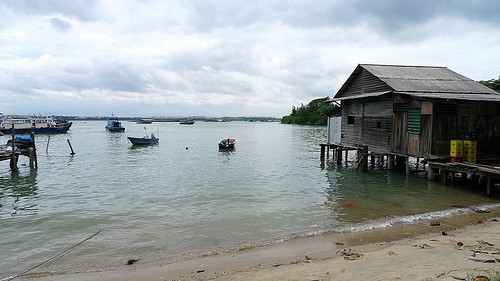This week the Communist Party of China will hold the 18th National People’s Congress, a once-in-a-generation leadership change that has the whole world watching.
Under economic pressure, a skeptic eye from the West and a rising populist influence of social media, changes are likely afoot for Socialism with Chinese Characteristics. My current home, Shanghai, is a glittering metropolis the incoming CCP leaders hope to turn the rest of the country into.
However, in order to modernize a city such as this (as I discussed before), much of the older dwellings in older parts of the city have been razed to make room for modernization. The residents often don’t get to stay in their neighborhoods. Most of the time they move to the outskirts of the city where services are limited. In fact, force demolitions are the number one cause of social unrest in China (see: Chai Na).
However, this story is not new. Throughout history many cities and many countries have gone through this during their development. To myself, and others, the fascination of Shanghai comes from the speed of its development. The rush to modernize so quickly has made it a little rough around the edges. Some places get overlooked (for a little while, at least) and retain their ancient charm (or for some older neighborhoods, continue to exist without amenities like private bathrooms and kitchens.
It’s not uncommon for some of these neighborhoods to simply disappear overnight. This was the case earlier this summer when I took a friend visiting from out of town to Xiaonanmen, a neighborhood in what is considered Shanghai’s “old town.” A lot of the buildings were demolished and gutted out. I knew that I should come back soon, before it’s destroyed all together. So, for the sake of posterity, another friend and I ventured back to Xiaonanmen to take some photos. After our encounters with crab sellers and other colorful individuals, we headed toward the Bund. With our journey falling on the first day of the National Day holiday week, the Bund was chocked full of people from all over the country. That made for some interesting photos by itself.
The trick for this photoset was to not turn the work into the kind of “Ruin Porn“modern Detroit has recently embodied. I’m not 100 percent I succeeded or not, but I at least made an attempt.



